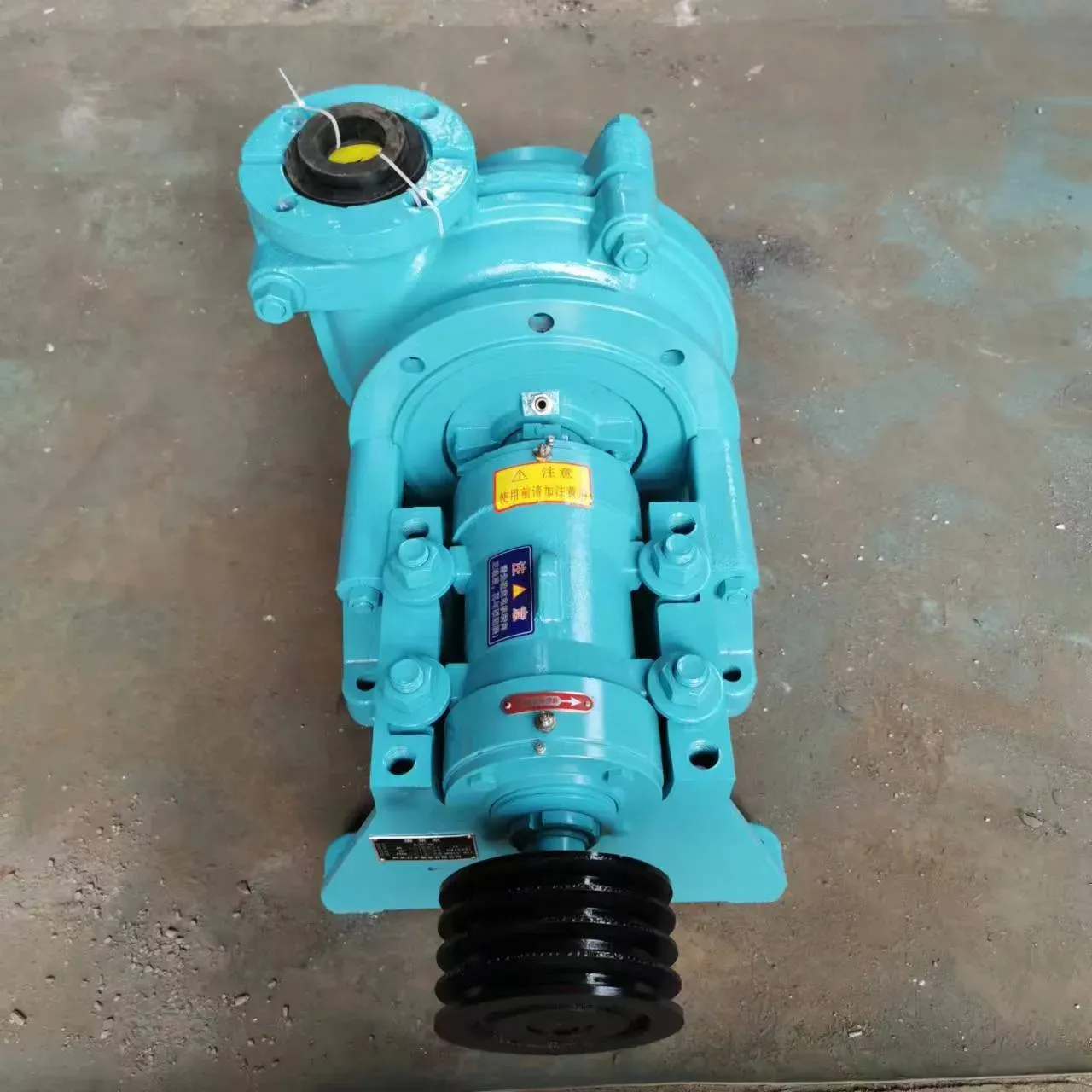Catalan
- Afrikaans
- Albanian
- Amharic
- Arabic
- Armenian
- Azerbaijani
- Basque
- Belarusian
- Bengali
- Bosnian
- Bulgarian
- Catalan
- Cebuano
- Corsican
- Croatian
- Czech
- Danish
- Dutch
- English
- Esperanto
- Estonian
- Finnish
- French
- Frisian
- Galician
- Georgian
- German
- Greek
- Gujarati
- Haitian Creole
- hausa
- hawaiian
- Hebrew
- Hindi
- Miao
- Hungarian
- Icelandic
- igbo
- Indonesian
- irish
- Italian
- Japanese
- Javanese
- Kannada
- kazakh
- Khmer
- Rwandese
- Korean
- Kurdish
- Kyrgyz
- Lao
- Latin
- Latvian
- Lithuanian
- Luxembourgish
- Macedonian
- Malgashi
- Malay
- Malayalam
- Maltese
- Maori
- Marathi
- Mongolian
- Myanmar
- Nepali
- Norwegian
- Norwegian
- Occitan
- Pashto
- Persian
- Polish
- Portuguese
- Punjabi
- Romanian
- Russian
- Samoan
- Scottish Gaelic
- Serbian
- Sesotho
- Shona
- Sindhi
- Sinhala
- Slovak
- Slovenian
- Somali
- Spanish
- Sundanese
- Swahili
- Swedish
- Tagalog
- Tajik
- Tamil
- Tatar
- Telugu
- Thai
- Turkish
- Turkmen
- Ukrainian
- Urdu
- Uighur
- Uzbek
- Vietnamese
- Welsh
- Bantu
- Yiddish
- Yoruba
- Zulu
Telephone: +86 13120555503
Email: frank@cypump.com
nov. . 16, 2024 10:17 Back to list
Optimizing Sewage Pumping Systems for Enhanced Efficiency and Environmental Sustainability
Sewage Pumping An Essential Utility for Modern Infrastructure
Sewage pumping is a critical aspect of modern waste management systems that ensures the efficient transport of wastewater from residential and commercial areas to treatment facilities. The process involves the use of sewage pumps, which are specially designed to move liquid waste materials through sewer pipelines, presenting a vital solution for maintaining public health and environmental safety.
At its core, sewage pumping tackles the challenges posed by gravity. In areas where the terrain is not conducive to natural drainage, such as low-lying regions or places with a high water table, gravity alone cannot efficiently move sewage to treatment plants. This is where sewage pumps come into play. These pumps can lift wastewater and propel it through pipes, overcoming elevation changes and ensuring that sewage consistently flows toward treatment facilities.
There are primarily two types of sewage pumps utilized in residential and commercial sewage systems submersible pumps and centrifugal pumps. Submersible pumps are designed to function underwater, directly in the sewage itself. They are ideal for handling larger volumes of wastewater and are often used in lift stations, which are facilities designed to pump wastewater from lower to higher elevations. On the other hand, centrifugal pumps are typically above-ground installations that draw sewage through an impeller, making them suitable for various pressure gradients.
The sewage pumping process starts with the collection of wastewater through a network of pipes that lead to the pump station. Once at the pump station, the sewage is stored temporarily. Several factors, including the volume of inflow and the characteristics of the wastewater, determine the operation cycles of the pumps. Advanced control systems monitor these variables, ensuring that the pumps operate efficiently and only when necessary, which helps conserve energy and reduce operational costs.
sewage pumping

One significant benefit of sewage pumping systems is their contribution to public health
. By efficiently transporting sewage away from populated areas, these systems minimize the risk of waterborne diseases that can result from untreated wastewater exposure. Furthermore, modern sewage pumping stations are designed with advanced filtration and odor control technologies, which mitigate the environmental impact and preserve the local ecosystem.In recent years, technological advancements have further enhanced the efficiency and effectiveness of sewage pumping systems. Programmable logic controllers (PLCs) and SCADA (Supervisory Control and Data Acquisition) systems allow for remote monitoring and control of pump operations, enabling quick response to any malfunctions or spikes in wastewater flow. Additionally, energy-efficient pump designs and renewable energy sources, such as solar and wind power, are being integrated into sewage pumping operations to reduce carbon footprints.
However, sewage pumping systems also face challenges, such as the risk of blockages caused by non-flushable items being disposed of incorrectly. This can lead to costly repairs and service interruptions. Public awareness campaigns are essential to educate residents about proper disposal methods and to prevent contamination of the sewage system.
In conclusion, sewage pumping is a fundamental component of urban infrastructure that significantly contributes to public health, environmental protection, and efficient waste management. As technology continues to evolve, the methodologies and systems surrounding sewage pumping will likely see further improvements, ensuring that cities can effectively handle the ever-growing demands of a modern population while minimizing ecological impacts. Proper maintenance, public education, and ongoing innovations will be key to the sustainable operation of sewage pump systems in the future.
-
High-Performance Air Pumps for Sand & Gravel | Efficient Transport
NewsAug.03,2025
-
ISG Series Vertical Pipeline Pump - Chi Yuan Pumps Co., LTD.|Energy Efficiency, Corrosion Resistance
NewsAug.03,2025
-
ISG Series Pipeline Pump - Chi Yuan Pumps | Energy Efficiency&Compact Design
NewsAug.03,2025
-
ISG Series Vertical Pipeline Pump - Chi Yuan Pumps Co., LTD.|High Efficiency, Low Noise, Durable
NewsAug.02,2025
-
ISG Series Vertical Pipeline Pump - Chi Yuan Pumps | High Efficiency, Low Noise
NewsAug.02,2025
-
ISG Series Vertical Pipeline Pump- Chi Yuan Pumps Co., LTD.|High Efficiency&Compact Design
NewsAug.02,2025










